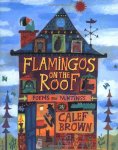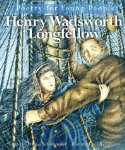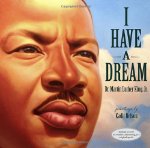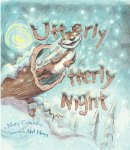I have always loved water and spent many summers when I was a child and a teenager at the local pool or at the seaside. Jade Baxter does not like to swim. In fact, she does not like getting wet, and since she is a largish girl, she hates putting on a bathing suit. You can only imagine how she feels when she finds out, by accident, that she is part mermaid and that her legs turn into a tail when she is immersed in water and inhales some. While some people might like being half mermaid, Jade does not. It makes her life very complicated indeed. Imagine what it would be like to go to the pool and sprout a tail when you accidentally breath in some water?
Today I am participating in a blog tour that is featuring the latest book about Jade and her mermaid adventures. The first book,
Real Mermaids Don't Wear Toe Rings, is funny and highly entertaining. Jade's story is continued in
Real Mermaids Don't hold their Breath, and it too is a great read that combines fantasy with a coming-of-age tale.
The latest book in the series,
Real Mermaids Don't Need High Heels, carries on Jade's story. In it she has more problems to solve and she learns a little more about her mermaid heritage.
Fiction
For
ages 12 and up
Sourcebooks
Jabberwocky, 2013, 978-1-4022-6458-0
Jade
is thrilled. She is finally in high school where she will have more freedom and
more choices. Jade will have a locker rather than a cubby, and she is hopeful
that she will be able to have a normal life again. Many people might find a
normal life boring but Jade craves an ordinary and predictable life.
For the last few months her world has been confusing,
sometimes frightening, and full of surprises. She now knows that her mother is
a mermaid, and she, Jade, grows a tail when she enters water and if she inhales
some. Jade has found out that mers (this is the correct name for mermaids) live
in the nearby lake and in the ocean that lies beyond the canal and lock, and
that the Mermish Council has strict rules. One of these is that the Council
members do not want their own kind to know that mers can transform into a human
with legs, and that they can become what the mers called Webbed Ones
Jade is all ready to enjoy her first day of
school when her grandmother arrives bringing Serena with her. The last time
Jade saw Serena the girl was a mermaid. Apparently Serena’s father wants his
daughter to live her life as a human most of the time. If Gran and her family help
Serena life a life on land, Serena’s father will behave himself. If they don’t,
he will start vandalizing and stealing boats, and who knows what else he will
do. At the best of times he is temperamental.
So now Jade has to babysit a mer teen who
does now know how to speak English, who cannot write, and who cannot bear to
wear shoes. The good news is that Serena is a sweet and loveable girl and most
people quickly become fond of her. The bad news is that the mer girl is prone
to doing things that create problems for Jade.
Watching over Serena seems like a huge issue
until Jade goes to Bridget’s Diner with her friend Cori and their boyfriends
Trey and Luke. There she finds out they have a much bigger problem to worry
about. The Mermish Council members, especially the leader, are facing a
possible revolution. The mers are getting sick and tired of the Council’s often
cruel actions. To put a stop to a potential uprising, the Council is
imprisoning troublesome mers in the lake, and they are going to enforce Tidal
Law. At the next full moon, just nine days away, they are going summon all the
mers, including the Webbed Ones, to the mer village in the ocean. Since Jade
was born a human and only recently acquired the ability to transform, she will
not feel the pull of Tide Law, but her mother, boyfriend, Serena, Bridget, and
the school swimming coach who were mers from birth will all be unable to avoid
the summons. Jade cannot believe that once again she has to deal with a problem
involving mermaids.
In this third Real Mermaids title the author takes poor confused Jade on another
adventure and this time Jade has to use her head and her heart to save the ones
she loves. New information about the characters is revealed as the story unfolds,
and readers will be delighted with the thoroughly satisfying ending.




























